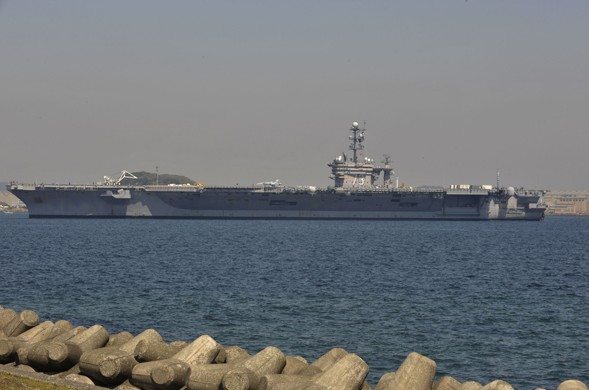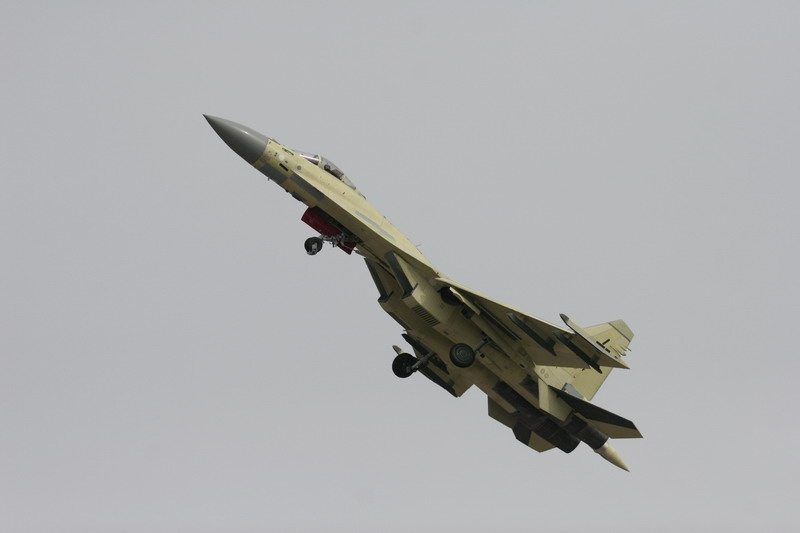Commander, Navy Regional Maintenance Center (CNRMC) and the Executive Director of Surface Warfare for Naval Sea Systems Command (NAVSEA-SEA 21B) participated in the Navy’s inaugural maintenance and modernization performance review (MMPR) in San Diego, April 26-27.
Capt. David Gale, commander, Navy Regional Maintenance Center; and Bilyana Anderson, executive director, NAVSEA-SEA 21B; spoke to more than one hundred military, civilian and contract personnel who are involved in all facets of surface ship maintenance and modernization.
“The failure point for us is anyone here today who doesn’t see they are a part of this important effort,” said Gale. “Whether you are a member of ship’s force, a commanding officer of a ship or regional maintenance center (RMC), a type commander representative, contractor, or port engineer; we all play a critical role in getting maintenance right.”
Gale and Anderson encouraged all MMPR participants to engage in frank and open discussions during the event in an effort to better identify performance gaps that were discernible during maintenance availabilities and to, in turn, provide solutions for RMCs’ and ships’ respective challenges.
“As the end-to-end process that is surface ship maintenance and modernization continues to evolve, we need to standardize and align our practices,” said Gale. “From the way we train our workforce to the way we identify maintenance work, we need to work together to support ships and sustain their service lives.”
Program managers and port engineers from each of the RMCs were among those who briefed detailed data on their recent maintenance availabilities.
Among the multitude of topics discussed during the course of the MMPR were the successes and challenges of various ships’ maintenance availabilities, the surface ship maintenance initiative, total ship readiness assessments, multi-ship/multi-option contracts, and NRMC’s development of a standardized workforce development program.
Between briefs, Anderson spoke to the MMPR attendees about program changes within Naval Sea Systems Command (NAVSEA), and the ways those changes would impact funding for future surface ship maintenance work.
Anderson also encouraged the use of valid and reliable metrics, along with well-defined and standardized practices to improve the likelihood of proper funding and contract coverage for maintenance availabilities.
“We are completely aligned; we have resources available to support your efforts,” said Anderson. “I’d like to ask for each of you to share in our sense of passion and urgency, and acknowledge there should be an agreement among us about the best ways we can support each other in sustaining our surface fleet and commit ourselves to moving forward.”
Gale concluded the conference by reinforcing his message encouraging quality through partnership, alignment and quantifiable performance.
“We want to work together in a standardized, repeatable way to ensure our engineering and work certification processes are uniform,” said Gale. “We want to ensure our ships are ready to go to sea on time, with the right degree of quality at the right cost.
“Our work here at the MMPR is about laying bear to our individual and collective maintenance issues, and identifying ways to mitigate and resolve them in the most expedient and efficient manner possible,” said Gale.
The next MMPR event will be held in Newport News, Va., in November 2011.











